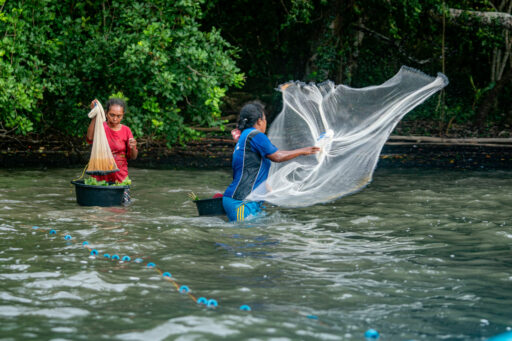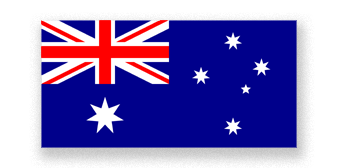
The ATSEA-2 Project supported the Regional Plan of Action to Promote Responsible Fishing Practices including to Combating Illegal, Unreported, and Unregulated Fishing Practices in the Region (RPOA-IUU) to organise the Advanced Fisheries Intelligence Training on 20 to 23 February 2024 in a hybrid format. The training aims to enhance national capacities in intelligence-based analysis and interpretation of fisheries data.

The Fore Coast of South Fly district, located in Western Province, Papua New Guinea, is a remote area that is heavily dependent on fisheries and marine resources. The people here rely mainly on traditional practices in the management of marine resources.

In the picturesque coastal enclave of Natarbora in Timor-Leste’s Manatuto Municipality, the Tok-Derek Women’s Cooperative has emerged as a beacon of community empowerment.

Started in 2019, ATSEA-2 is the second phase of the Arafura & Timor Seas Ecosystem Action (ATSEA) Programme; a regional partnership involving the Governments of Indonesia, Timor-Leste and Papua New Guinea, with the support of the Australian Government. This group works to devise and implement solutions to the most important transboundary marine issues facing the region.









Our primary aim is to conserve the biodiversity of the Arafura and Timor seas for the overall health of the ocean and the livelihoods of the communities who depend on it for survival. We also work to ensure the networks supporting these resources and revenues are operated efficiently, fairly and sustainably.
Our objective: to ensure the sustainable management and usage of living coastal and marine resources
Our goal: to sustain the flow of ecosystem goods and services from the Arafura and Timor Seas
From conserving natural ecosystems to empowering local fisheries and securing regional supply chains, the ATSEA-2 Programme sets out to ensure that coastal and marine resources are protected.

We are working in three countries in the ATS region: Indonesia, Timor-Leste and Papua New Guinea. In Indonesia, our sites are located in Aru District, Maluku Province; Merauke District, Papua Province; and Rote Ndao District, East Nusa Tenggara Province. In Timor-Leste, our sites can be found mainly on the south coast, in the Suai, Manufahi, Manatuto, Viqueque and Lautem Municipios, respectively. Lastly, in Papua New Guinea, ATSEA-2 is operating in the South Fly District of the Western Province.
ATSEA Grievance Redress Mechanism
ATSEA highly values Grievance Redress Mechanism (GRM), which acts as a vital tool for communication and conflict resolution with stakeholders and partners. It ensures prompt and confidential handling of concerns and complaints related to the ATSEA-2 Project’s impact on individuals’ and groups’ rights. Anyone affected, including project beneficiaries and the public, are encouraged to submit feedback. The GRM’s primary focus is to address complaints, promote transparency, and facilitate issue resolution.